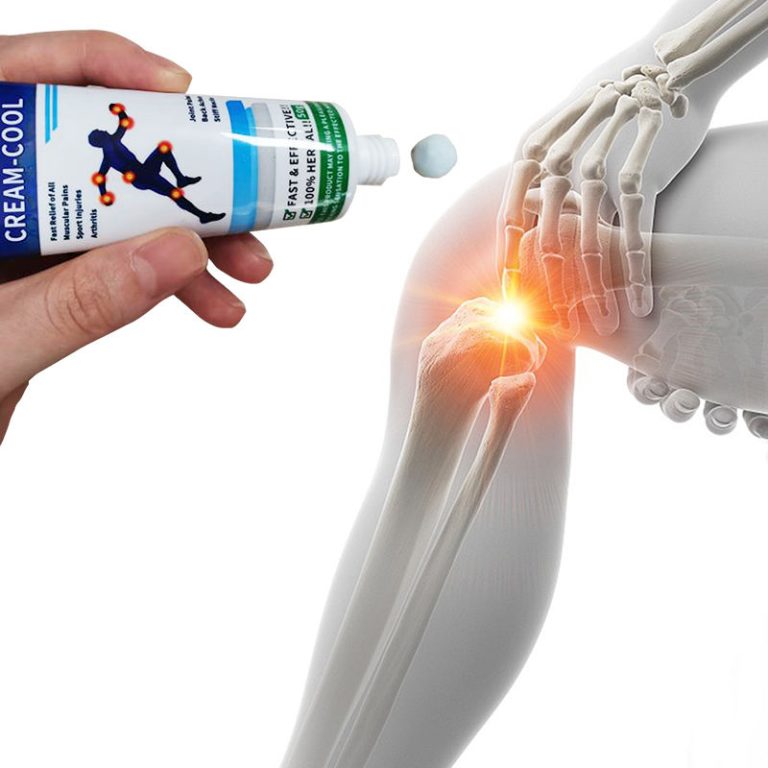When chronic or acute pain flares strike, reaching for topical Pain Relief Cream seems harmless enough. These over-the-counter salves utilize simple plant-derived menthol, capsicum, camphor and other natural ingredients at apparently safe doses offering welcome relief rubbed onto affected areas. However, even FDA-approved pain relief creams and gels still may cause occasional reactions in sensitive individuals worth understanding before use.
By compassionately discussing potential side effects openly without exaggeration or alarm, people gain constructive perspectives deciding which risks, if any, balance the real rewards over-the-counter creams provide moderating troubling discomfort. This gentle awareness protects wellbeing while keeping vital access open benefiting most responsible users substantially.
- Examining Common Reactions
While most only experience benefits using Pain Relief Cream as directed, possible side effects include:
Mild Skin Irritation
Redness, stinging or swelling around application sites sometimes occurs when ingredients interact with sensitive tissue in susceptible users. Discontinue use if irritation worsens or spreads.
Allergic Contact Dermatitis
Ingredient sensitivities may rarely trigger rashes, itching, blisters or burning sensations in certain individuals – usually where creams get directly applied.
Medication Interactions
Certain prescriptions could theoretically react with topical creams, especially if compound concentrations absorb into bloodstream. But significant interactions remain very low risk with careful use per label guidelines.
Dosing Errors
Exceeding advised dosing amount or frequency presents main safety concerns. Using too much cream or reapplying too often heightens absorption and adverse effect possibilities.
As with any supplement or medication, reactions remain impossible to predict absolutely – even if past use triggered zero issues. Carefully observing individualized responses session-by-session makes each user best judge continuing or stopping use if any discomfort arises. Standing orders involve discontinuing creams immediately then consulting a physician if any side effects seem remotely concerning beyond mild manageable skin irritation.

- Mitigating Key Factors Responsibly
Assuming quality brand selection, the easiest precautions minimizing odds of reactions include:
● Patch testing unfamiliar creams first on small skin sections
● Following all label directions diligently
● Allowing sufficient rest days between applications
● Spot testing concurrently with any new prescribed meds
● Keeping dosing as low as therapeutic relief requires
● Halting use and seeking input if any concerning symptoms develop
Adhering strictly to safe application instructions curbs incidence substantially. Learning where your tolerance thresholds lie through controlled trial may require some patience determining if benefits overshadow risks enjoyably long-term without pushing limits.
Communicating openly with doctors regarding any products used even peripherally equips you to make wise balanced choices. But by upholding reasonable precautions and self-awareness, the vast majority handle Pain Relief Cream safely with great success controlling pains. Gentle, compassionate discussions raising consciousness on sensible oversight using creams empowers confident progress improving quality of life without magnifying scary risks beyond reality.






